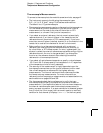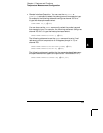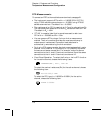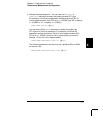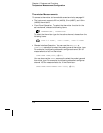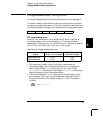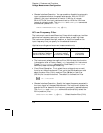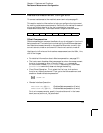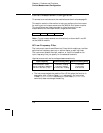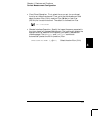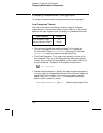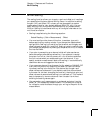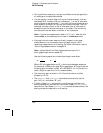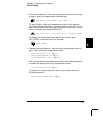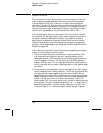
Resistance Measurement Configuration
To connect resistances to the module’s screw terminals, see page 21.
This section contains information to help you configure the instrument
for making resistance measurements. Use the 2-wire method for ease of
wiring and higher density or the 4-wire method for improved
measurement accuracy. The measurement ranges are shown below.
100Ω 1 kΩ 10 kΩ 100 kΩ 1 MΩ 10 MΩ 100 MΩ
Autorange
Offset Compensation
Offset compensation removes the effects of any dc voltages in the circuit
being measured. The technique involves taking the difference between
two resistance measurements on the specified channels, one with the
current source turned on and one with the current source turned off.
Applies only to 2-wire and 4-wire ohms measurements on the 100
Ω, 1 kΩ,
and 10 k
Ω ranges.
• For detailed information about offset compensation, see page 371.
• The instrument disables offset compensation when the measurement
function is changed or after a Factory Reset (*RST command).
An Instrument Preset (SYSTem:PRESet command) or Card Reset
(SYSTem:CPON command) does not change the setting.
• Front-Panel Operation: First, select the 2-wire or 4-wire ohms
function on the active channel. Then, go to the Advanced menu and
enable or disable offset compensation.
OCOMP ON
• Remote Interface Operation:
RES:OCOM ON,(
@203) Enable offset compensation (2-wire)
FRES:OCOM ON,(
@208) Enable offset compensation (4-wire)
For 4-wire measurements, specify the paired channel in the lower
bank (source) as the ch_list parameter.
4
Chapter 4 Features and Functions
Resistance Measurement Configuration
115



